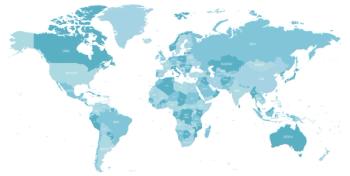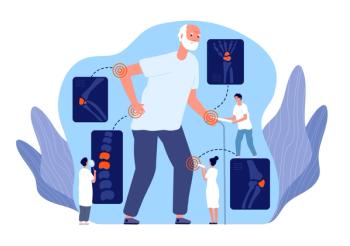
CDC Promotes Safe Antibiotic Prescribing and Use Through Educational Effort
As part of US Antibiotic Awareness Week and World Antibiotic Awareness Week, the CDC has updated its educational effort to promote safe antibiotic prescribing and use through Be Antibiotics Aware: Smart Use, Best Care. The platform includes information on antibiotic misuse, resources for all audiences, and activity ideas to promote the effort.
As part of US Antibiotic Awareness Week and World Antibiotic Awareness Week, the CDC has updated its educational effort to promote safe antibiotic prescribing use.
The educational platform,
“Antibiotic resistance is a critical public health concern, and this educational effort is an excellent opportunity to drive change in improving antibiotic use, give doctors the tools they need to improve antibiotic prescribing, and help patients better protect their health,” said CDC Director Brenda Fitzgerald, MD, in a statement.
The Be Antibiotics Aware platform provides an overview of antibiotic awareness. According to the CDC, at least 2 million people in the US become infected with bacteria that are resistant to antibiotics each year. Additionally, at least 23,000 people die as a direct result of these infections, and many more die from other conditions that were complicated by an antibiotic-resistant infection.
The use of antibiotics is the most important factor leading to antibiotic resistance, according to the CDC. Antibiotics are the most commonly prescribed drugs, and up to half the time they are not needed or are not optimally effective as prescribed.
It is not enough to just prescribe the right antibiotic; it’s important to prescribe the right antibiotic at the right time, in the right dose, and for the right duration. This will help fight antibiotic resistance, protect patients from unnecessary side effects, and help ensure the medicines will be available for future generations, wrote the CDC.
“Despite prescribing guidelines, some healthcare professionals report giving antibiotics when they aren’t needed because of fear of misdiagnosis or pressure from patients,” said Lauri Hicks, DO, director, Office of Antibiotic Stewardship, Division of Healthcare Quality Promotion, CDC, in a statement. “CDC encourages healthcare professionals and patients to talk through the best ways to feel better and what treatment options are most effective.”
CDC offers resources for healthcare professionals, policy makers, and for the public through Be Antibiotics Aware. The resources include guidelines for adult and pediatric treatments, educational videos and podcasts, research and data, and medical student curriculum.
The platform also provides activity ideas for others to use such as highlighting US Antibiotic Awareness Week on your website, collaborating with CDC and local-level programs on projects, and hosting local-level events. CDC also provides different logos, buttons and banners, and stickers to utilize as a tactic to spread awareness.
Newsletter
Stay ahead of policy, cost, and value—subscribe to AJMC for expert insights at the intersection of clinical care and health economics.














































